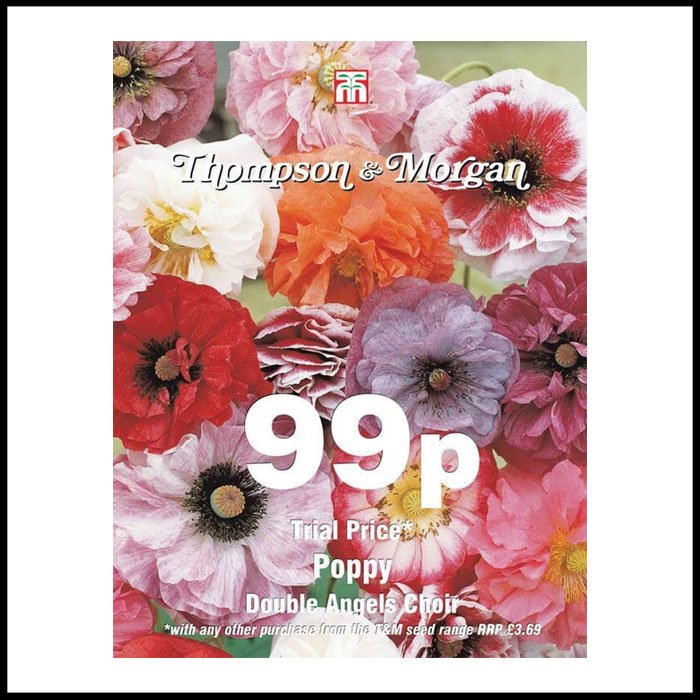 Image 1 of
Image 1 of


Herb Russian Tarragon
Similar to French tarragon, but producing a more vigorous plant. Russian Tarragon produces branching stems of lance-shaped, aromatic foliage can be used for tarragon vinegars, in white sauces and salad dressings, or with chicken, fish and egg dishes.
Height: 90cm (36"). Spread: 45cm (18").
Similar to French tarragon, but producing a more vigorous plant. Russian Tarragon produces branching stems of lance-shaped, aromatic foliage can be used for tarragon vinegars, in white sauces and salad dressings, or with chicken, fish and egg dishes.
Height: 90cm (36"). Spread: 45cm (18").
Similar to French tarragon, but producing a more vigorous plant. Russian Tarragon produces branching stems of lance-shaped, aromatic foliage can be used for tarragon vinegars, in white sauces and salad dressings, or with chicken, fish and egg dishes.
Height: 90cm (36"). Spread: 45cm (18").
Sow Russian tarragon from April to May on the surface of a good seed compost. Do not cover the tarragon seed. Place the seed tray in a propagator at a temperature of 15-20C (59-68F) or seal it inside a polythene bag. Keep the compost damp and do not exclude light as this aids germination, which usually takes up to 14-21 days.
When seedlings are large enough to handle, transplant and grow them on in cooler conditions until large enough to plant outdoors. When tarragon plants are well grown and all risk of frost has passed, acclimatise them to outdoor conditions over 7 to 10 days. Transplant outdoors in full sun on any moist, rich fertile, well drained soil at a distance of 45cm (18") apart. Tarragon prefers a neutral to alkaline soil.













